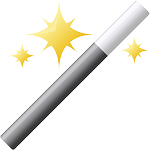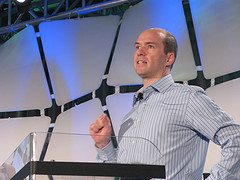When you are negotiating, you always want to be thinking about your Best Alternative to a Negotiated Agreement (BATNA). This applies in any negotiation, whether business, personal or even with yourself. When you have a better BATNA, you have more negotiating leverage and are more likely to get what you want out of it.
This is why when I was a contractor, I always had more than one client. Even if I was working with a good client who paid well, on time and was fun to work, I had more freedom if I had another client. Things might go south at the first client and I wouldn’t be out on the street. It’s also why I would always start looking for a contract 6-8 weeks before my current contract was finishing.
It’s why you should always get competing job offers. If you have a job offer and your best alternative is to keep job hunting, that’s not appealing. If, instead, you are choosing between two job offers, you are in a much better position. (No duh!)
It is also why it’s always easier to get a job if you have a job. The BATNA of declining a job offer when you have employment is, well, you remain your current position. Your current job may not be all that awesome (which is why you are looking) but for most folks being employed is a better alternative than being unemployed.
How can you use the concept of BATNA to improve your life?
First, be aware of the concept. Start to look at decisions in your life and think about the BATNA. Even small decisions, like ‘should I get coffee or nothing’? Or ‘what happens if I ask my wife to take out the garbage’? Or ‘should I ask for a raise’? In all of these cases, you can expect some kind of negotiation, and you can think about what the alternative is if that negotiation fails.
Second, take actions to improve your alternatives. If you are unemployed and want more leverage in the job hunt, start consulting. If your wife won’t take out the trash, can you improve your BATNA by making it easier to take out the trash yourself (maybe move the trash can into the garage)? Or building some kind of trash chute?
The concept of a BATNA is key to getting the most out of any negotiation. If you have good alternatives, you have more leverage to leave the negotiation, and if you don’t, you will need the negotiation to complete successfully.
More about BATNAs and salary negotiation here.
 That was what a previous boss said when I would ask him about some particularly knotty, unwieldy issue. “What would the end solution look like if you could wave a magic wand and have it happen?”
That was what a previous boss said when I would ask him about some particularly knotty, unwieldy issue. “What would the end solution look like if you could wave a magic wand and have it happen?”


